Cotic Jeht Gen2
Wheel Size: 29’’ (compatible with 27.5’’ rear wheel)
Travel: 140 mm rear / 140 or 150 mm front
Geometry Highlights:
- Sizes offered: C1, C2, C3, C4, C5
- Headtube angle: 64.5°
- Seat tube angle: 75.5° (at 815 mm BB-saddle height)
- Reach: 482 (size C3)
- Chainstay length: 448 mm
[Geometry numbers are for the standard 29’’ configuration with a 150mm-travel fork. See below for details on other setups.]
Frame Materials: Steel w/ aluminum chainstays
Price:
- Frame w/ RockShox Deluxe Select+: $2,419
- Complete Bikes starting at $4,380
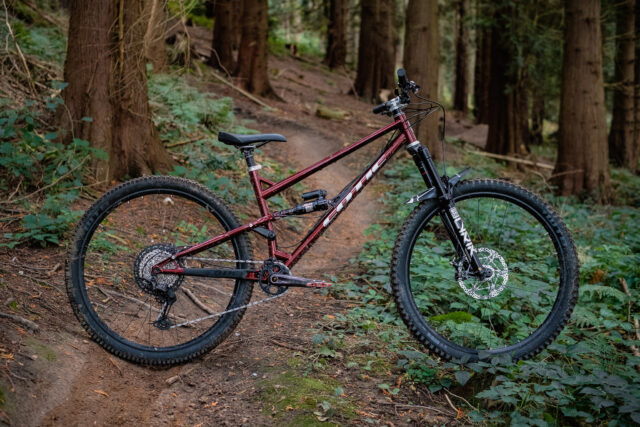
Intro
Cotic has been making no-nonsense steel bikes for over 20 years now, and the new second-generation version of their all-rounder Trail bike, the Jeht, sticks to that way of doing things. It’s not a wild departure from the original Jeht, but the new one gets some updates to its geometry and sizing, tweaked suspension kinematics — and brings production back to the UK, with the front triangle now being built by Five Land bikes in Scotland.
[For a whole lot more on Cotic’s history and design ethos, check out Ep.160 of our Bikes & Big Ideas podcast with owner and engineer Cy Turner.]
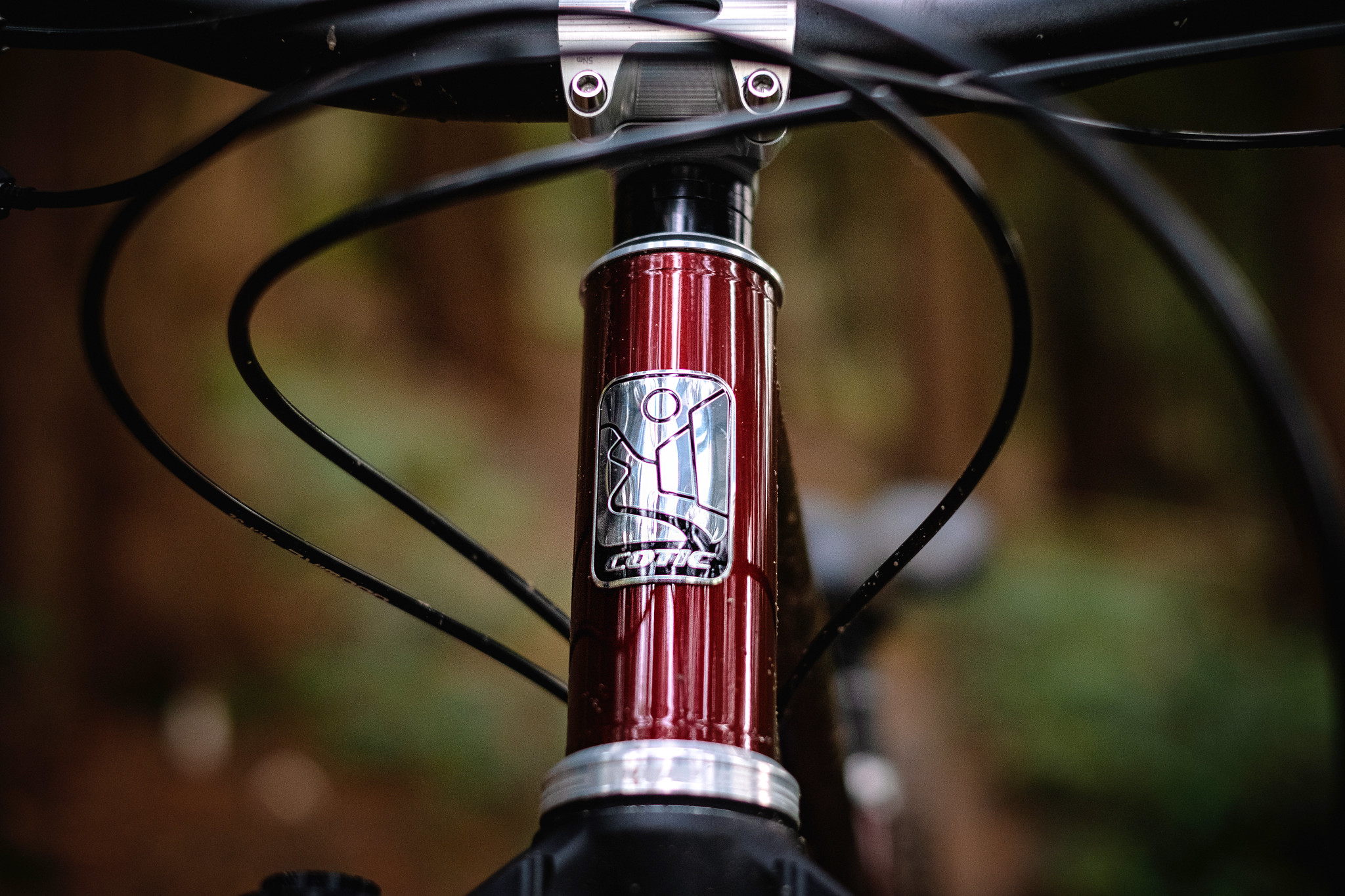
The Frame
The new Jeht looks a whole lot like the prior-generation model and the rest of Cotic’s full-suspension lineup (including the RocketMAX Gen4 that we reviewed earlier this year). The Jeht gets 140 mm of rear suspension travel from Cotic’s “Droplink” suspension layout — a linkage-driven single pivot with a horizontally-mounted shock — and uses a custom Reynolds 853 steel tubeset, paired with a steel seatstay and aluminum chainstay.
The Jeht is principally designed to run dual 29’’ wheels and a 150mm-travel fork, though Cotic also lists geometry charts for the Jeht with a 140mm-travel fork, and with a mixed-wheel configuration in either fork length. There’s no frame adjustability to handle the wheel size swap, with Cotic instead using a +1° headset to bring the headtube angle back to (nearly) stock in the mixed-wheel setup — more on that in a minute.
The other details of the Jeht are similarly straightforward. The cable routing is fully external (apart from the derailleur housing running through the seatstay), the bottom bracket is threaded, and an upper chainguide is integrated into the swingarm. The shock placement means that there’s not room for a water bottle cage in the conventional location on top of the downtube, but there’s one underneath, plus a second set of mounts underneath the top tube. Those can serve as a bottle mount on the larger frame sizes, but only as a smaller accessory mount on the smaller ones due to the reduced clearance. The new Jeht doesn’t use a SRAM UDH, so compatibility with SRAM’s T-Type groupsets is out.
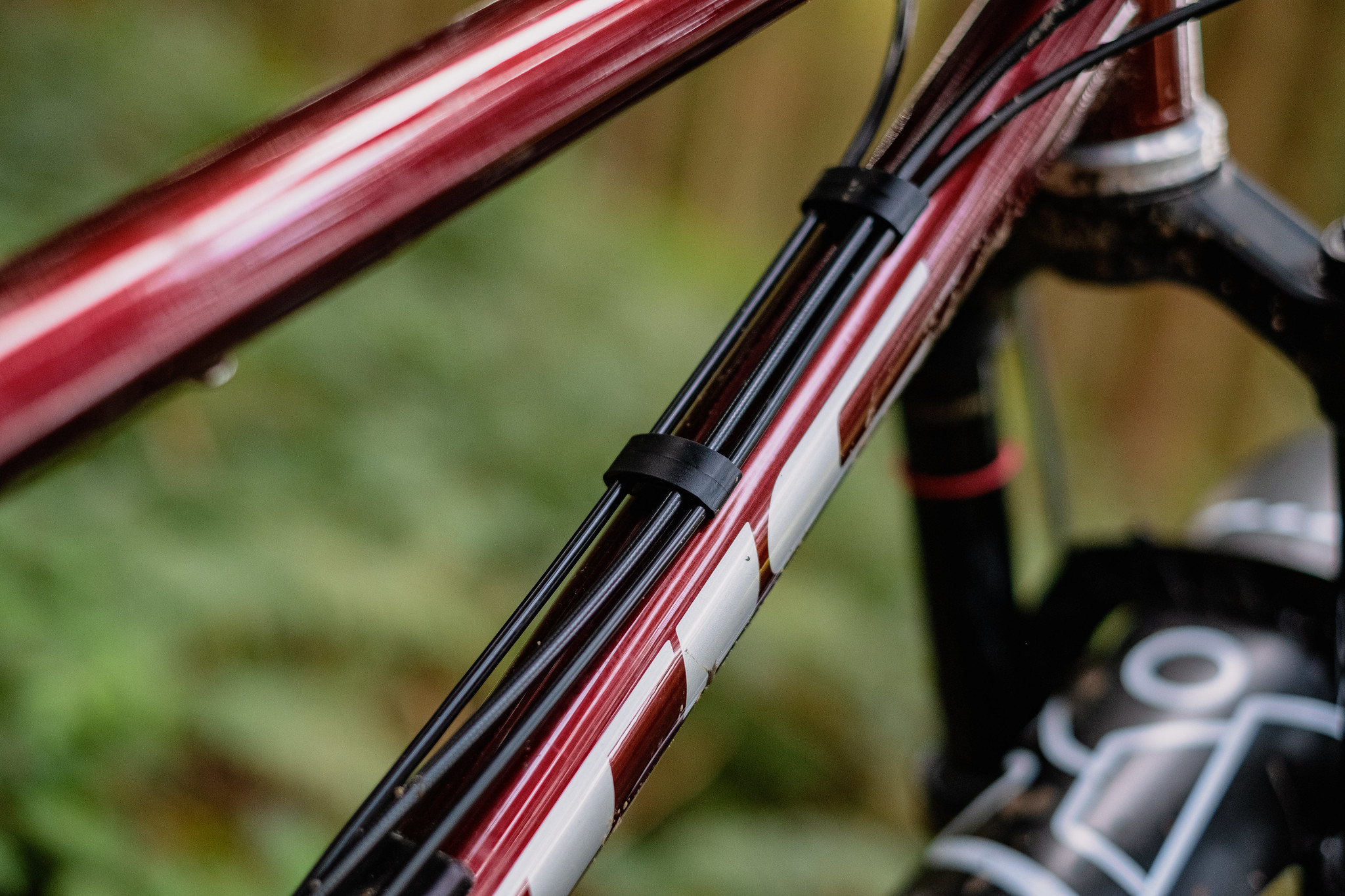
Those details all carry over from the original Jeht, but in addition to some geometry and sizing tweaks that we’ll cover below, Cotic has made some refinements to the suspension kinematics, most notably increasing the amount of progression on the larger-sized bikes (with the C1 size starting at 22% progression and that figure increasing with each size up to 28% on the C5). Cotic doesn’t publish any more specific kinematic data for the Jeht but says that the anti-squat and anti-rise curves carry over from the prior-generation bike.
The front triangle of the new Jeht is made in Scotland by Five Land Bikes, who also do all the finishing on the frame (though the fabrication of the rear triangle happens in Taiwan). Cotic says that doing so saves the raw materials from traveling 12,000 miles back and forth from the UK to Asia for manufacturing (one leg of which used to be done by air), helping lower the environmental footprint of the Jeht. The Reynolds 853 steel used for the front triangle is also 100% recycled. Cotic also says that they’ve made the front triangle of the Jeht a little stiffer than the prior-generation bike without adding any weight by using an updated downtube that they custom developed in collaboration with Reynolds.
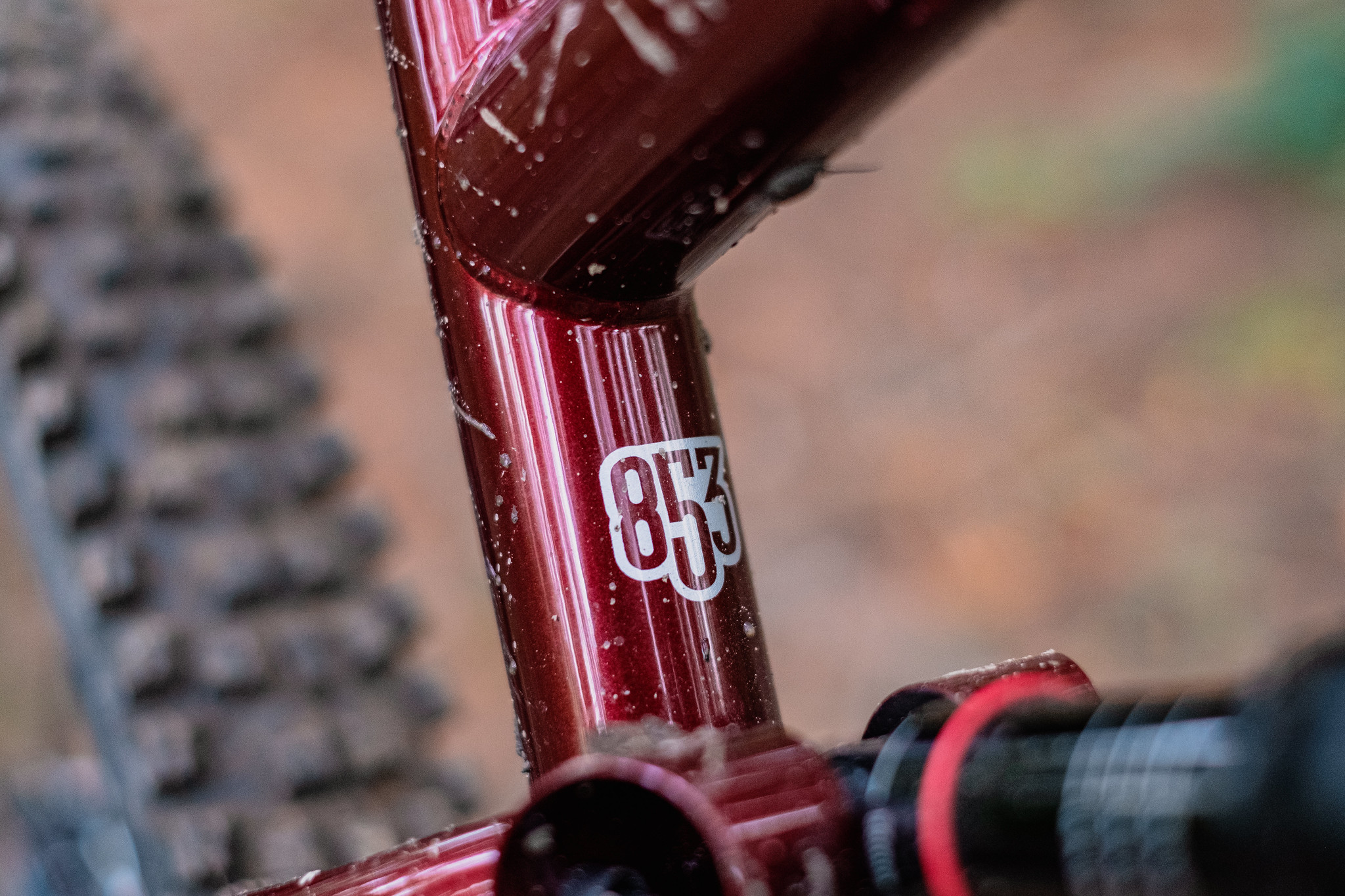
Fit & Geometry
The geometry of the new Jeht isn’t a wild departure from the original either, but it’s seen some notable tweaks. For starters, the Jeht is now offered in five sizes, labeled C1 to C5 (instead of Small, Medium, Large, and XL on the outgoing bike). The total range of sizes actually hasn’t changed much, with Cotic instead focusing on tightening up the jumps between sizes to make it easier for more folks to get a more dialed fit on the bike. All five sizes get the same 64.5° headtube angle as the original, with reach ranging from 444 mm on the C1 up to 520 mm on the C5. The seat tube angle on the C1 and C2 sizes carries over from the prior-generation bike (75.8° at 720 mm BB-to-seat height) with the C3 and up steepening a touch to 76.2°. The bottom bracket drop has been increased from 27 to 33 mm, and all five sizes get the same (notably long) 448 mm chainstays.
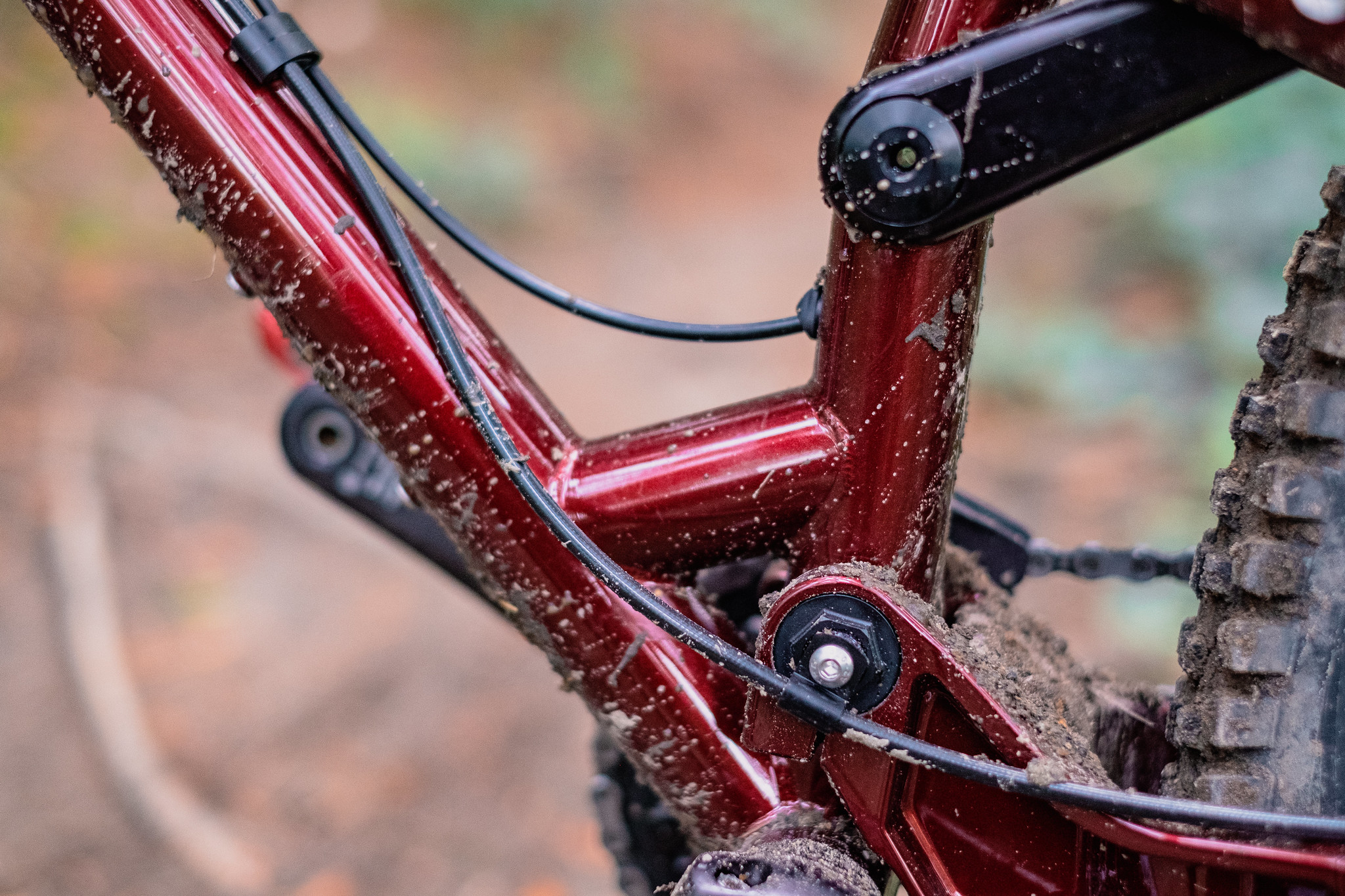
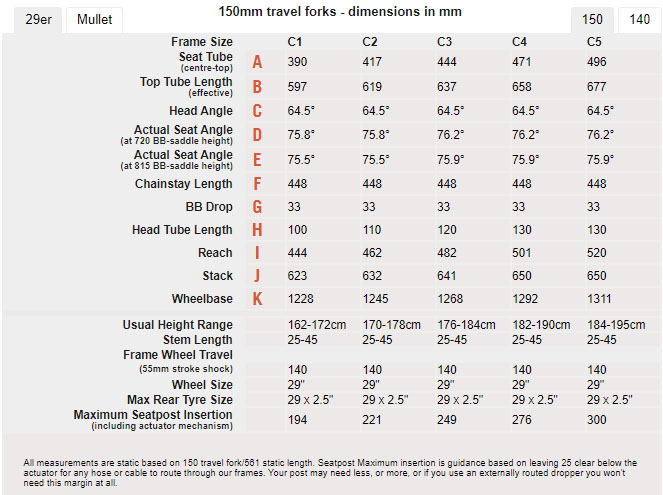
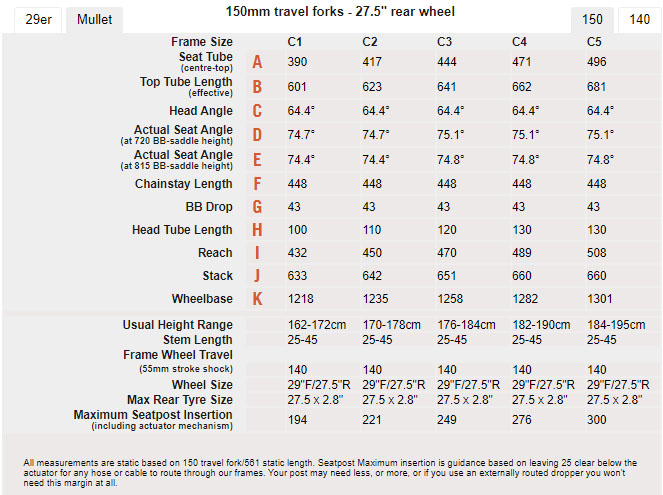
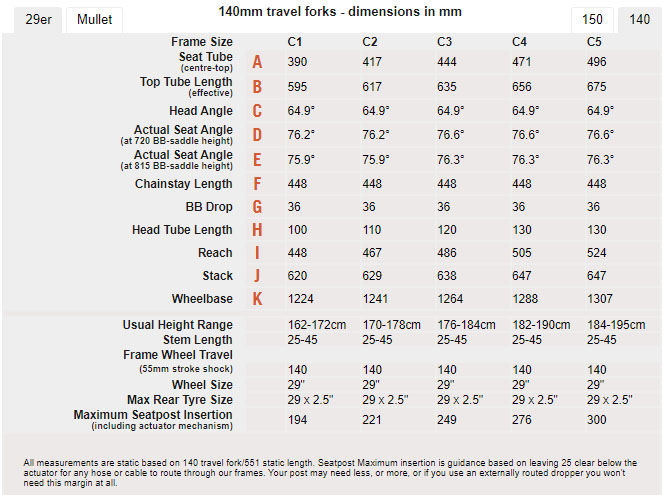
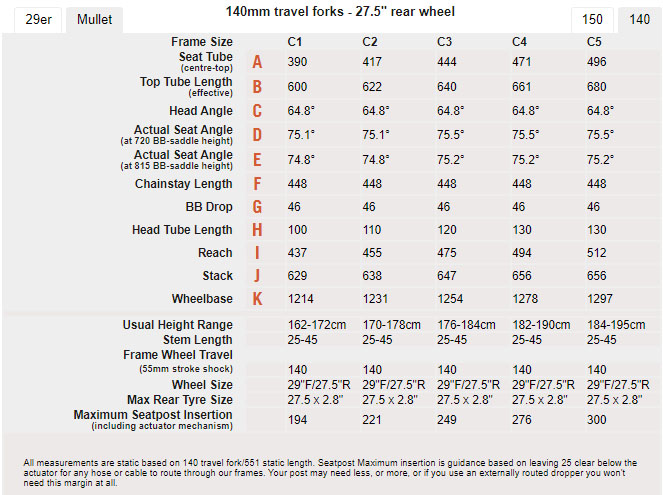
For the most part, those look like pretty normal numbers for a modern all-rounder Trail bike. The chainstays are on the longer side, especially for the smaller sizes, and while the seat tube angles might look a little slack, it’s worth bearing in mind that they’re listed at two different realistic seat heights (as opposed to the typical effective seat tube angle location at the top of the headtube). The Jeht’s effective top tube lengths are maybe a touch on the longer side of average relative to its reach figures in a given size, though the tall-ish stack heights contribute there, too, by increasing the height at which the measurement is taken (and therefore giving the seat tube more room to move rearward).
[If you could use a refresher on all that geometry discussion and how those numbers relate to each other, check out the geometry sections of our Mountain Bike Buyer’s Guide.]
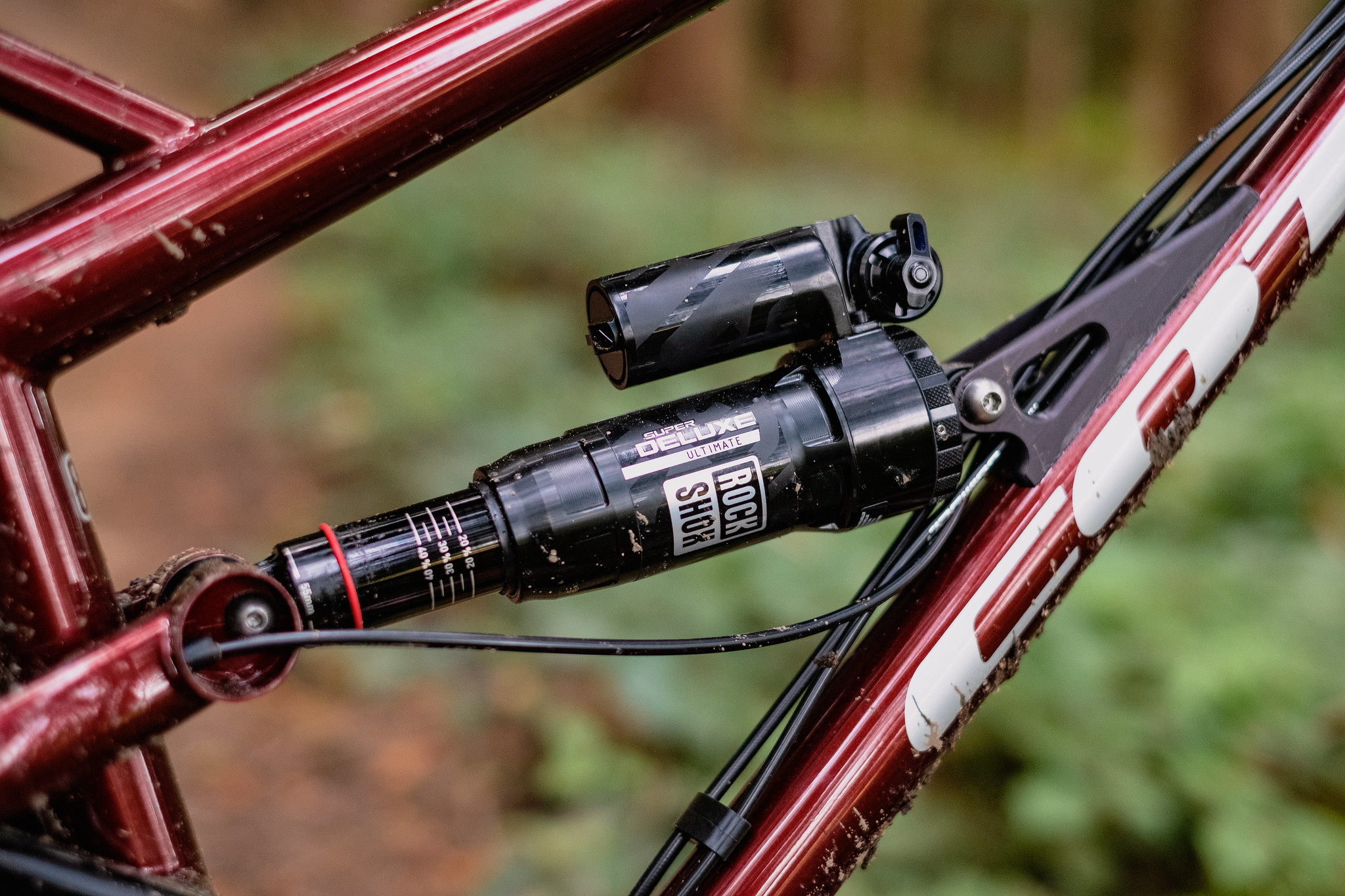
The Builds
As per usual for Cotic, you can get the Jeht in custom (full or partial) builds, which you can configure on Cotic’s website. They’ve got some suggested builds as starting points, but there’s a ton of flexibility to set up your Jeht to your preferences. A frame with a RockShox Deluxe Select+ shock retails for $2,419, and the default “Bronze” build (with a Shimano SLX drivetrain, Deore brakes, Hunt wheels, and a RockShox Revelation / Deluxe suspension package) starts at $4,380.
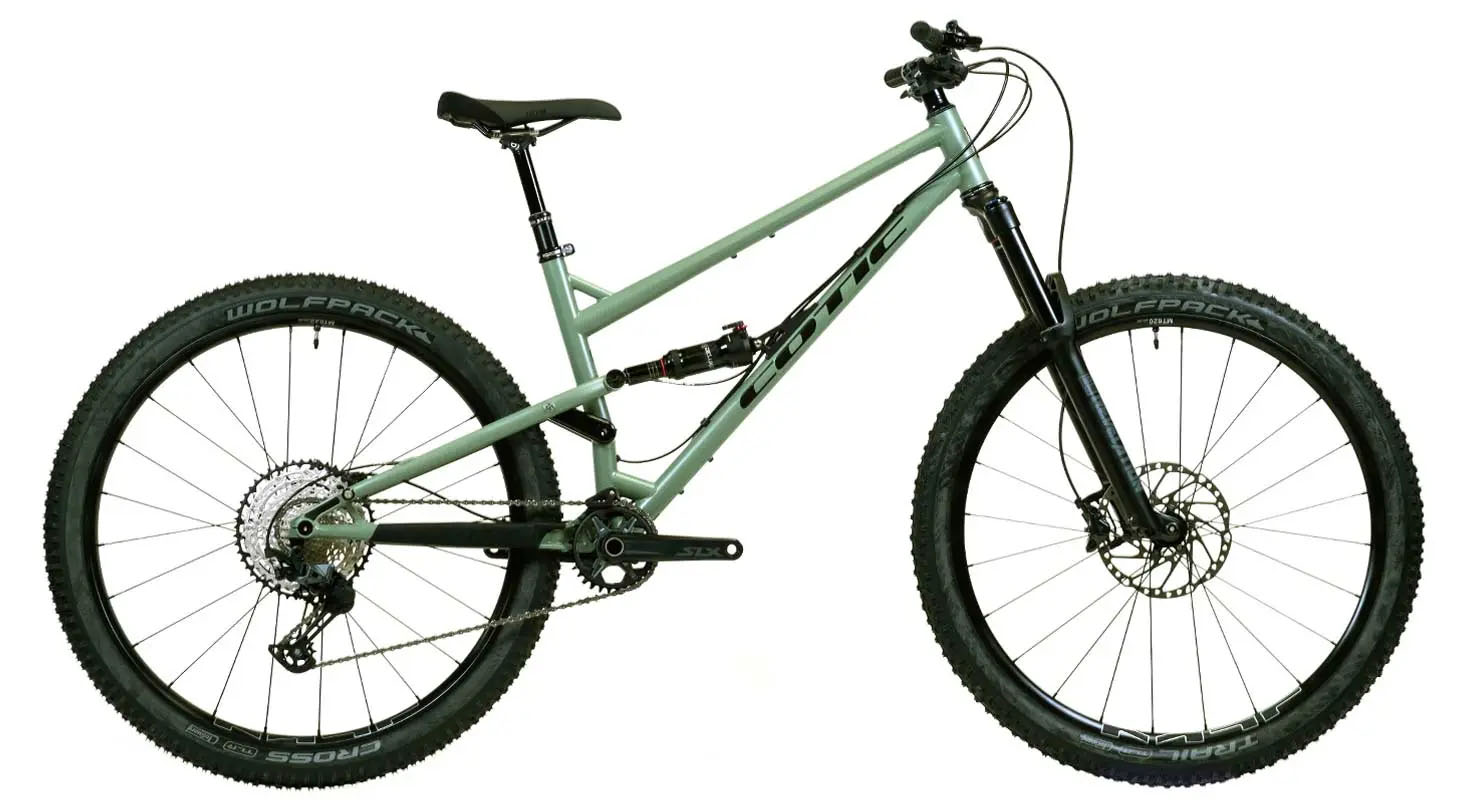
Some Questions / Things We’re Curious About
(1) The new Cotic Jeht looks like a nicely-sorted all-rounder Trail bike, but once you get it on trail, where exactly does it slot into the wildly diverse “Trail bike” category?
(2) Does the notably dialed frame stiffness and ride quality of Cotic’s RocketMAX carry over to the Jeht, too?
Bottom Line (For Now)
The new Cotic Jeht looks like an interesting take on an all-rounder Trail bike and comes in at an impressively affordable price for a UK-made frame with a high-end tubeset. We’re big fans of its burlier RocketMAX sibling and are looking forward to getting on the new Jeht to see how it stacks up on the trail.

Looks cool and the color looks gorgeous!
I don’t know that I’d call 448 mm chainstays ‘notably long’ in the bigger sizes, but yes, for the small sizes that’s pretty long.
Will a full review still be published?